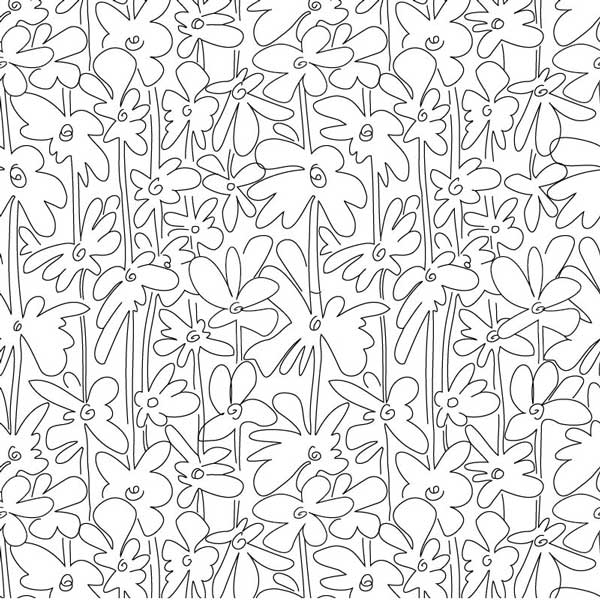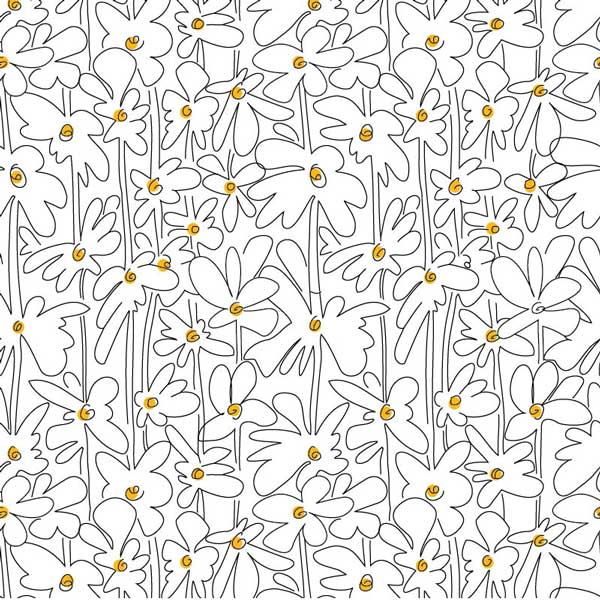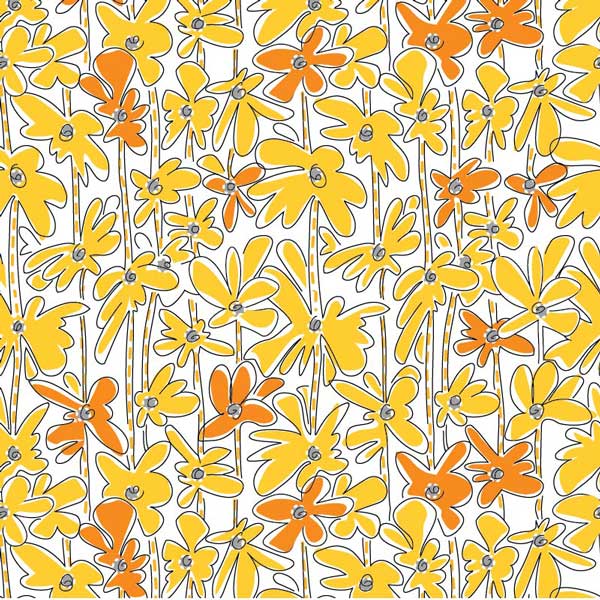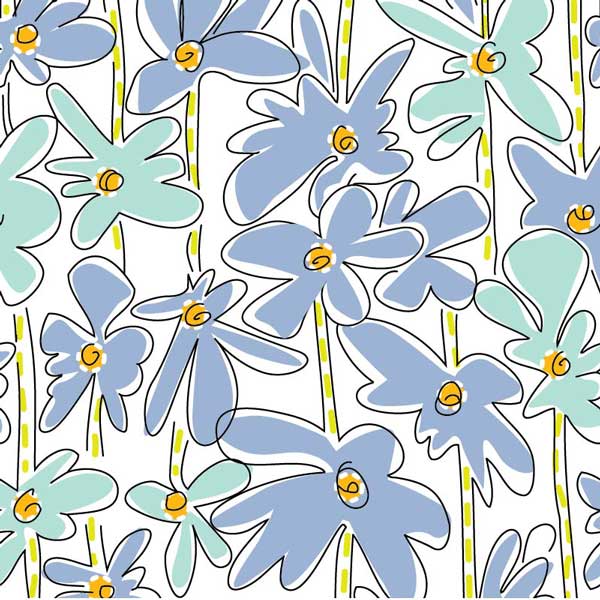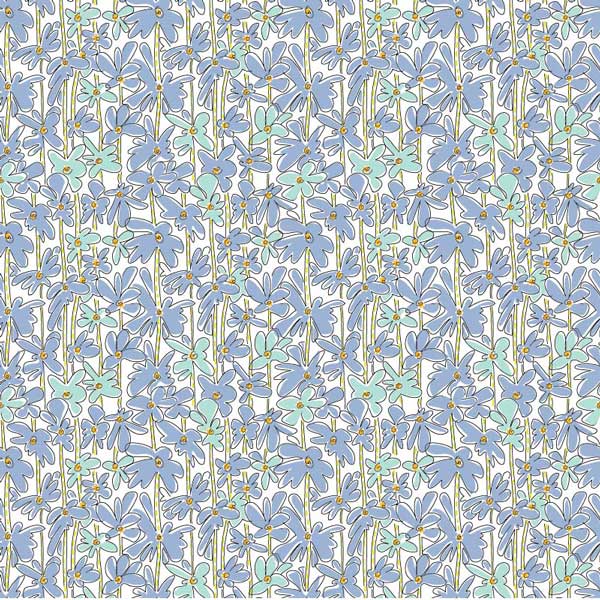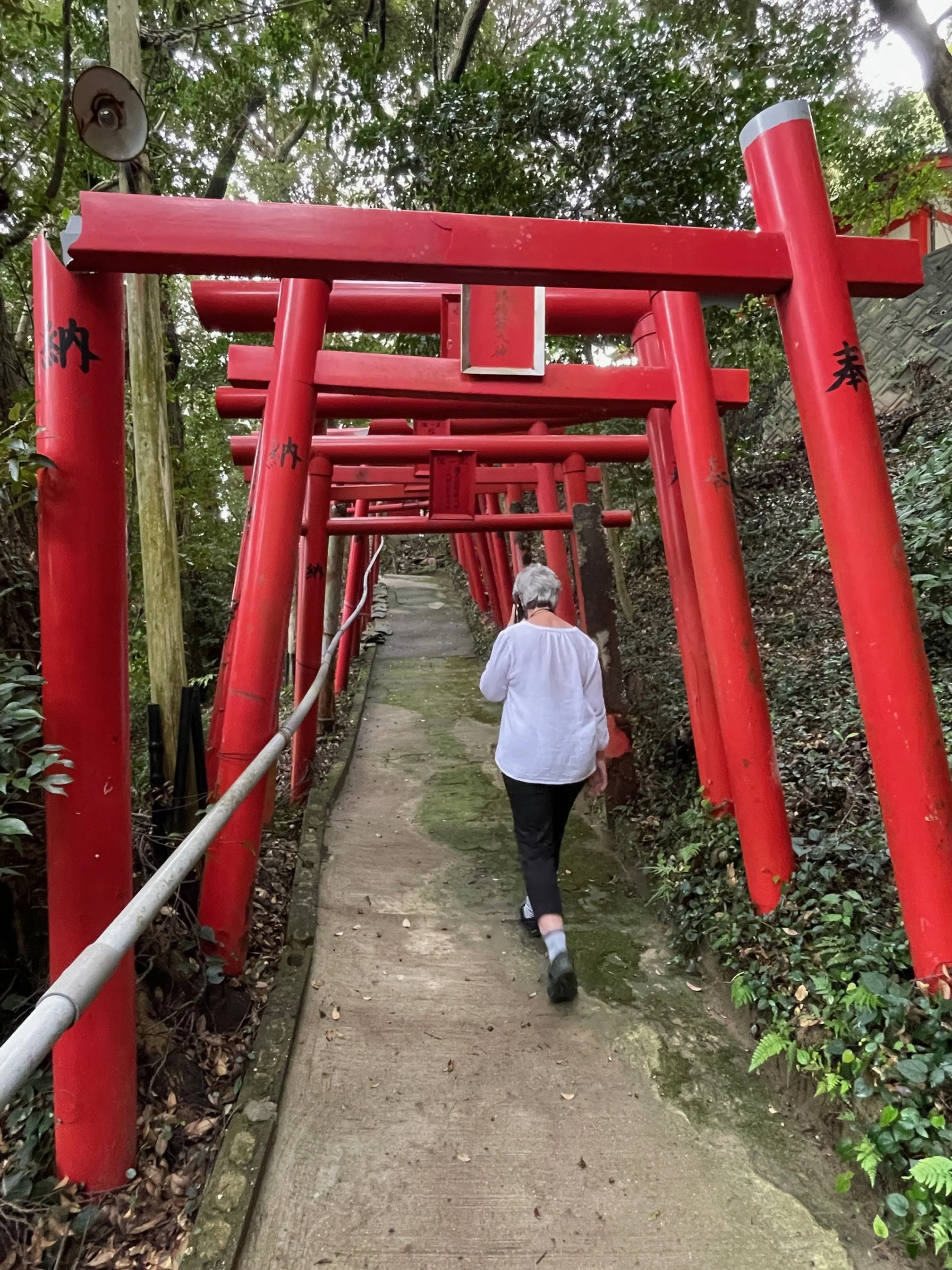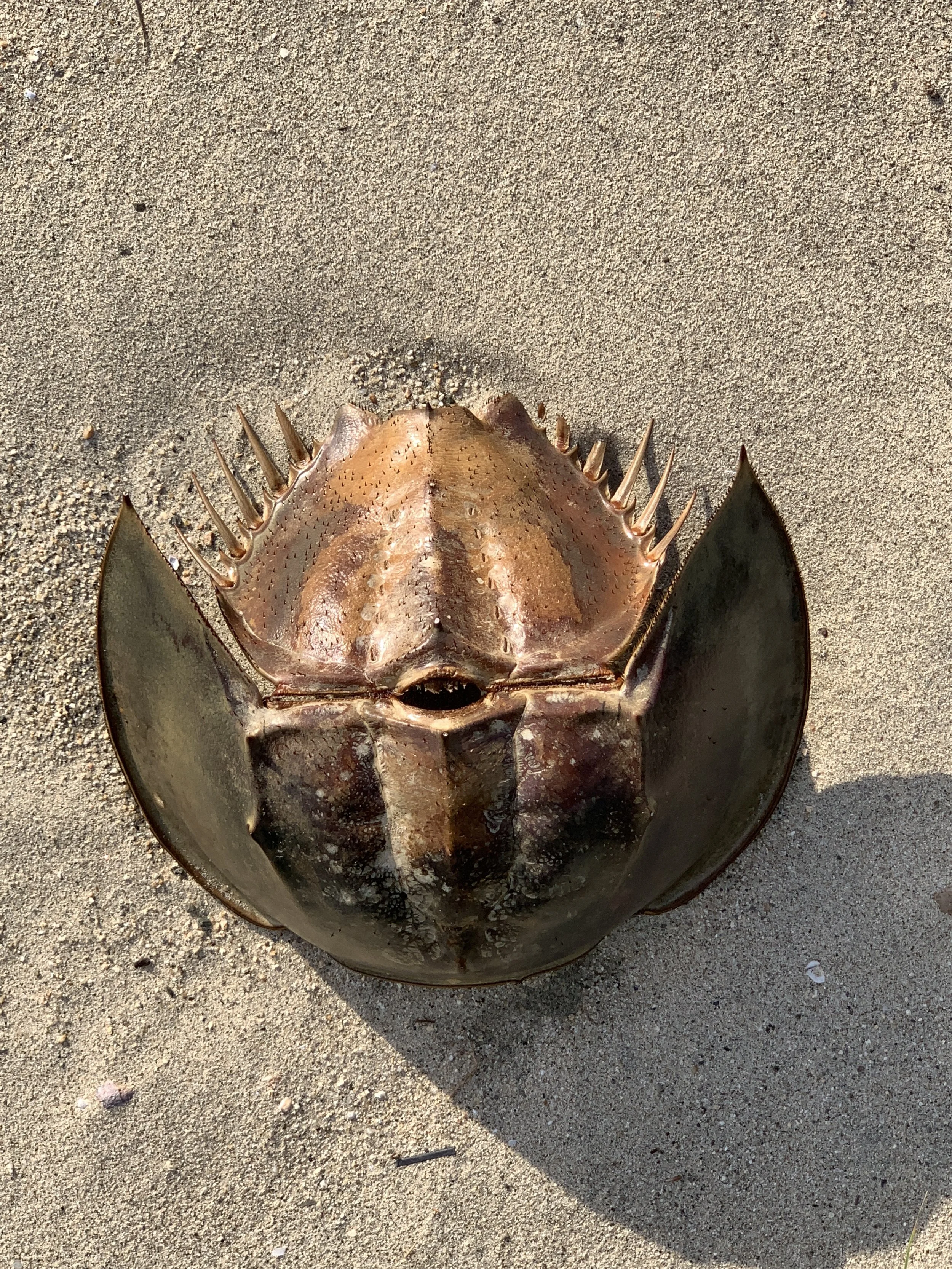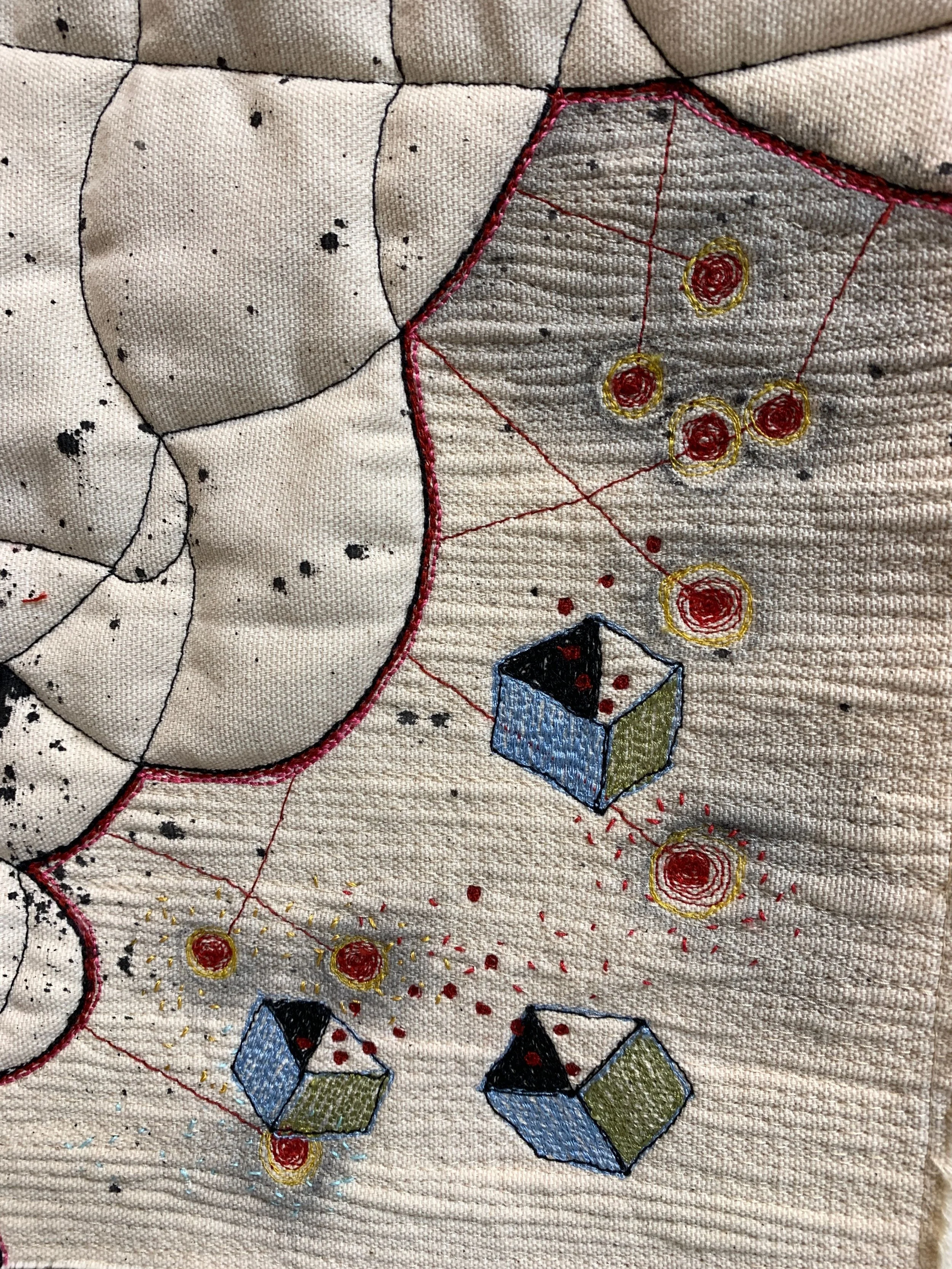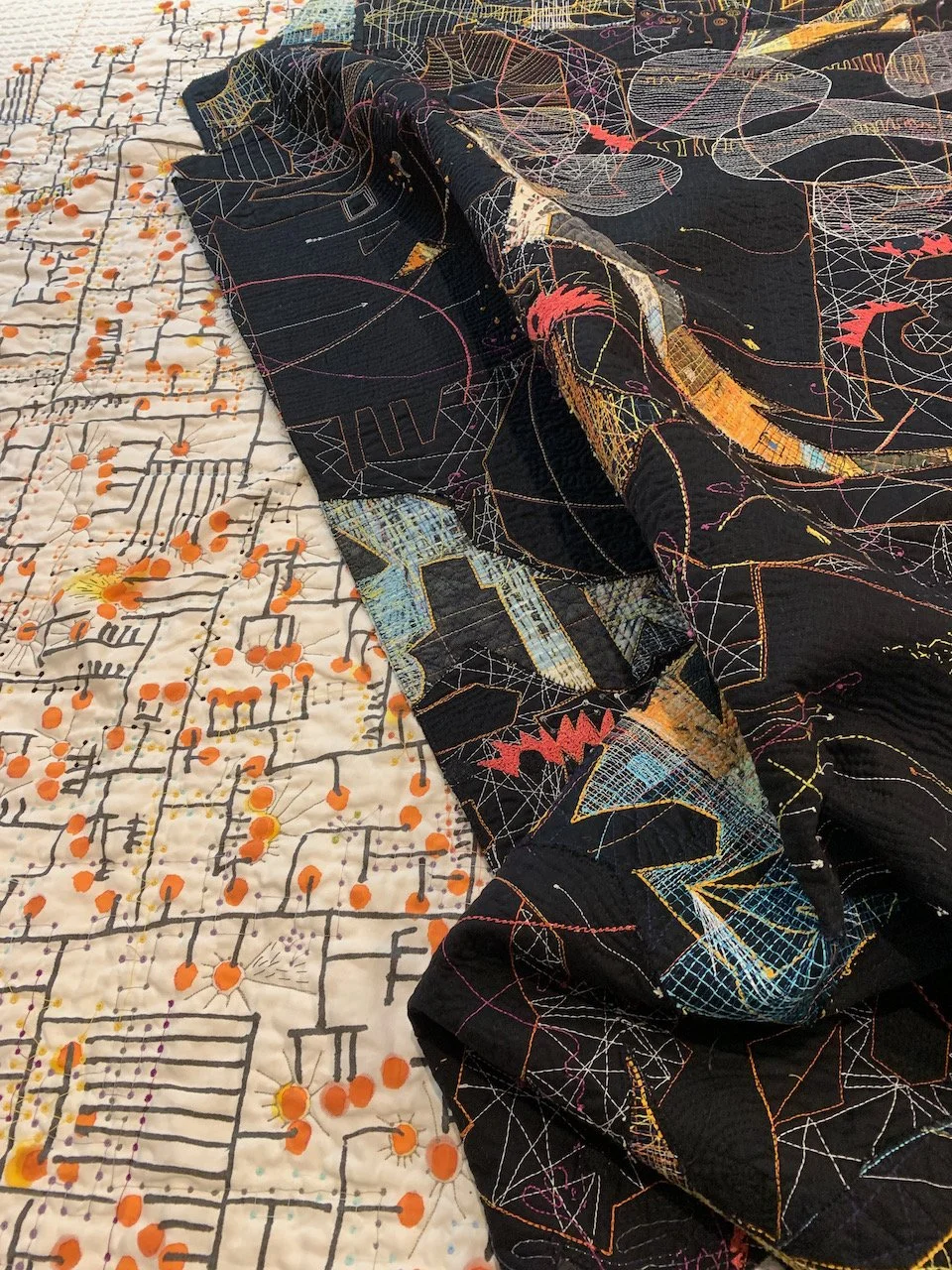I gotta tell you, the folks at American Craft magazine are amazing, and I'm not just saying that because they chose me for an article in their magazine. Not only do they share the work of Masters in their craft, but also seek out emerging artists and ideas, host seminars and workshops and support the work of many craft artists through their website, library and archives. Their mission simply: We champion craft. And they take that very seriously.
American Craft values:
- Societal Importance: The Council advocates for craft’s ability to deeply enrich lives, promote cultural expression, and contribute to the economic vitality of a community.
- Inspiration: The Council strives to inspire creativity and artistry in makers, appreciation of beauty and meaning for the craft enthusiast, and thoughtful discourse on the evolution of craft.
- Excellence: The Council pledges to cultivate and recognize excellence in its many forms, support innovation, and continually examine our understanding of craft, materials, artistic expression, and cultural significance.
- Inclusiveness: The Council values the diversity of craft, its makers, and audiences, because craft’s strength lies in the shared respect of making and the appreciation of the artistic voice.

